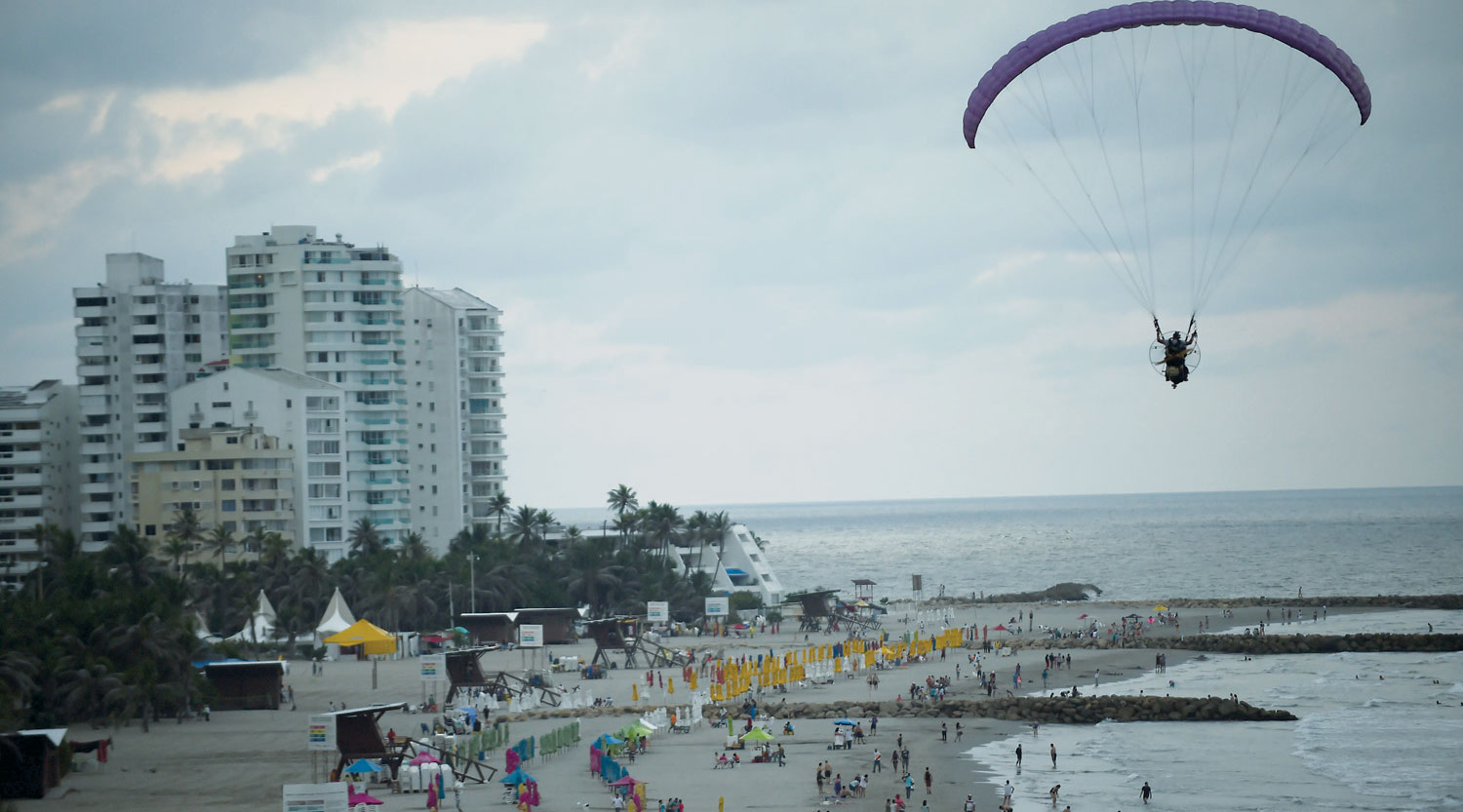

CARTAGENA: When the historic Caribbean seaport city of Cartagena drew up a long-term plan for climate change adaptation in 2014, it was hailed as a pioneer.
But three years later, the so-called Plan 4C — Competitive and Climate Compatible Cartagena — is still struggling to get off the drawing board and has not yet been officially included in the city’s urban planning policies.
If, as officials hope, the plan is finally submitted for approval by the city next year, only then will Cartagena start fully implementing its recommendations.
The plan’s boosters hope that the city can become a model of urban and coastal planning by 2040, basing its development on environmental standards that take climate change into account.
But progress has stumbled due to administrative challenges — including a rapid turnover of mayors — and a lack of financial resources, critics say.
Around the world, countries and cities are making plans to deal with worsening climate change impacts — such as more extreme weather — and trying to put into action promises to reduce their emissions made as part of the 2015 international Paris Agreement on climate change.
But getting those plans and actions incorporated into larger national and city processes can be challenging, and is one reason action to deal with climate change in many places remains slower than what is needed.
Cartagena, founded in the mid-16th century by the Spanish crown, is now Colombia’s biggest tourist draw, with almost 2 million visitors a year.
The city of a million people is also the base for 2,500 industries and factories responsible for 6 per cent of Colombia’s GDP, while its port handles 60 per cent of the country’s maritime trade, according to the Plan 4C.
But one-third of its population lives below the poverty line and many are the most vulnerable to the impacts of hurricanes and other severe storms that are becoming stronger and more frequent as oceans warm.
“The ocean currents and intense local storms in the rainy season (September to November), added to abundant precipitation in very short periods of time, make the city vulnerable,” said Francisco Arias, director of the Institute for Marine and Coastal Research (INVEMAR), in an interview with the Thomson Reuters Foundation.
In 2010, flooding left extensive areas of the city submerged for months, affecting 50,000 residents.
The waterlogged areas became a breeding ground for mosquitoes that can carry diseases such as Zika, dengue, malaria and chikungunya, Arias said.
“I believe it was related to climate change. The city was not prepared. There was no planning nor responsiveness,” Arias said.
Rising sea levels also pose a long-term threat to Colombia’s coastal gem.
Rainfall is likely to increase by 30 per cent during the same period, according to an analysis in the Plan 4C.
Cartagena’s climate action plan was the product of four years of work to create a roadmap for policies to minimise Cartagena’s climate vulnerabilities. — Reuters
Oman Observer is now on the WhatsApp channel. Click here



